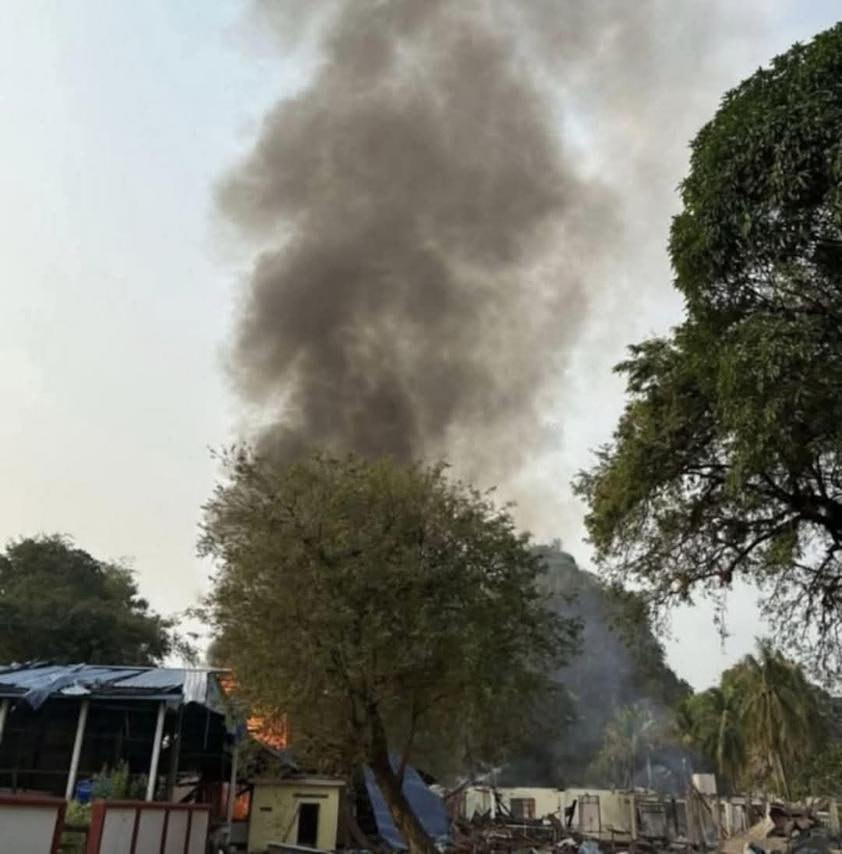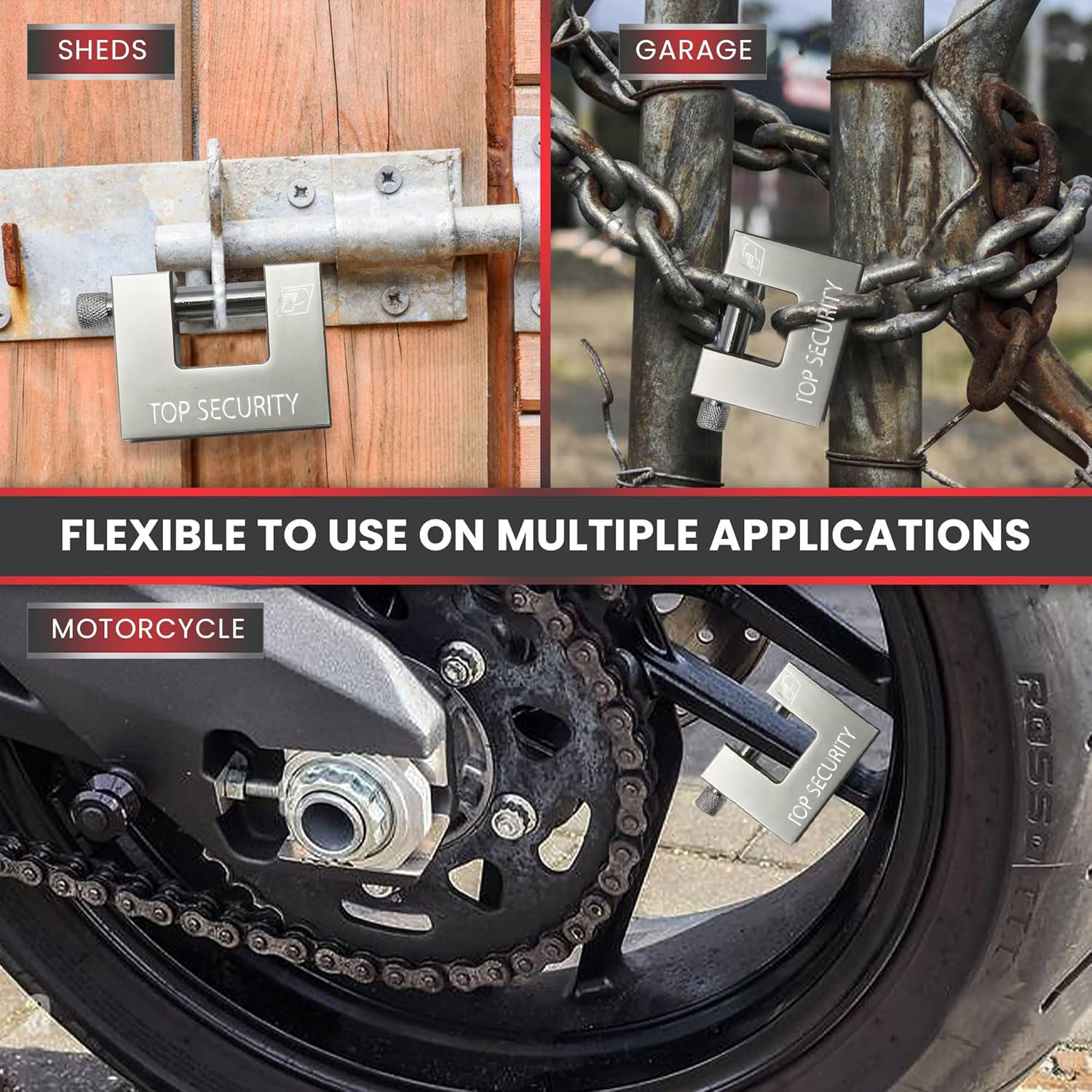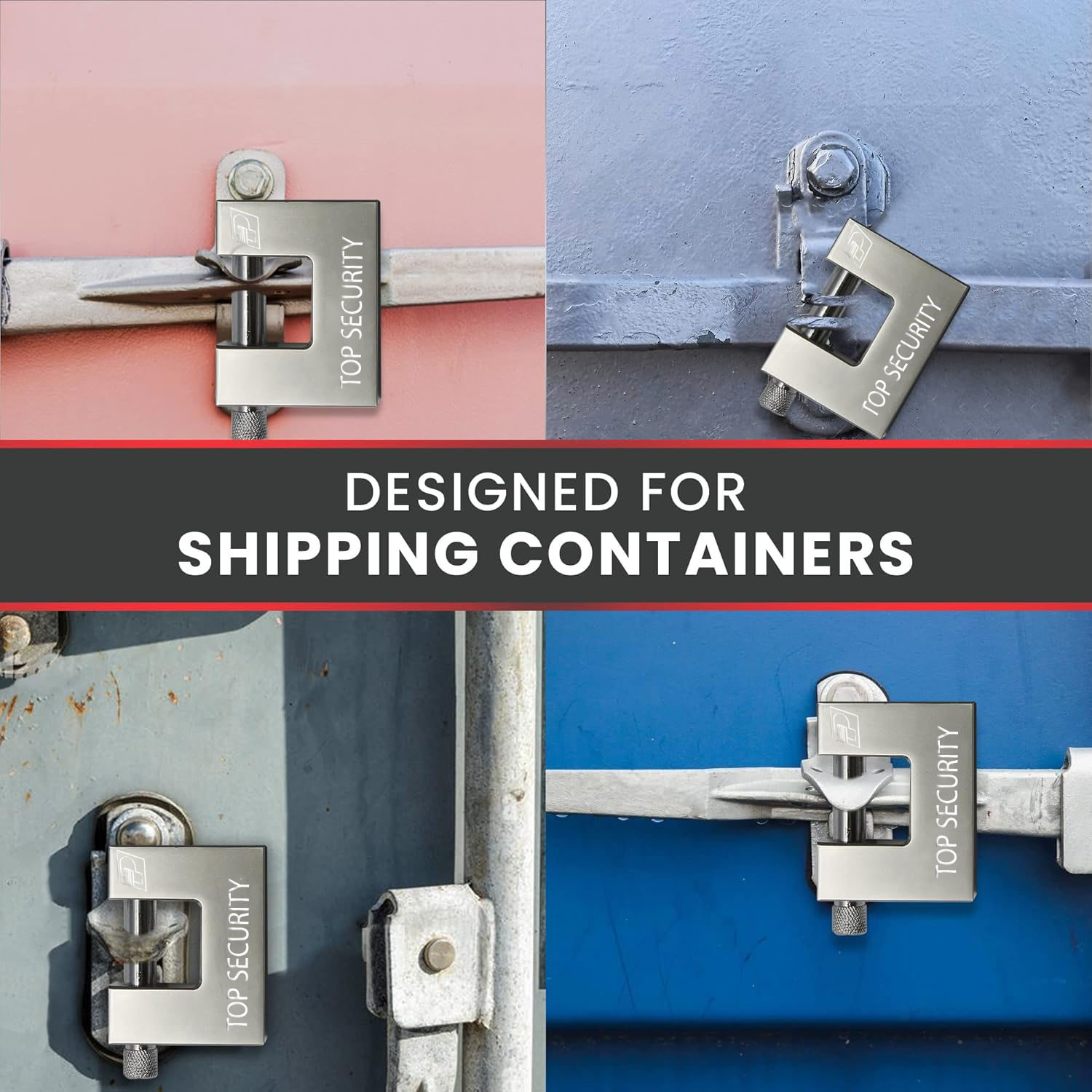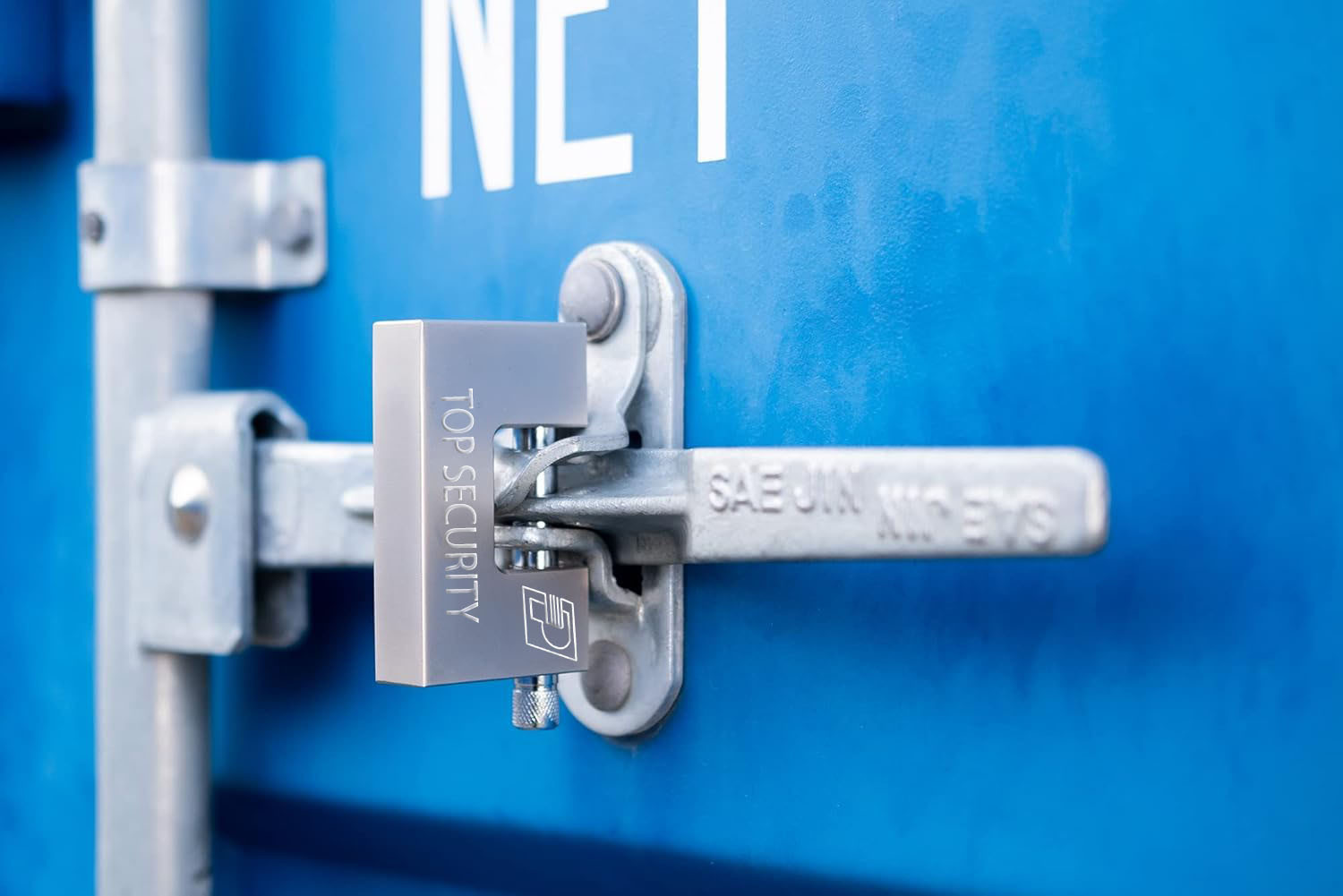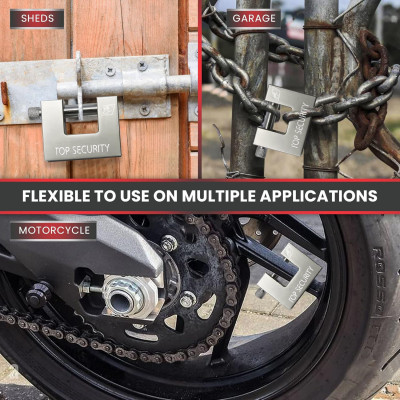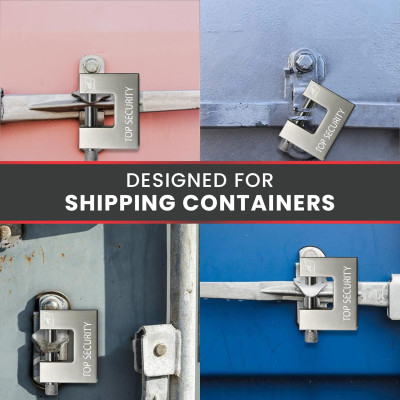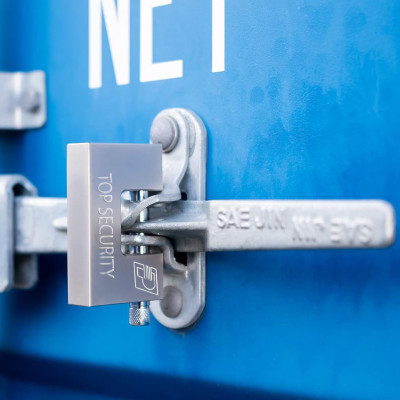စစ်ရေးလှုပ်ရှားလာတဲ့ KNLA/PDF နဲ့တပ်မတော်စစ်ကြောင်း ကျုံဒိုးချောင်းဖျားမှာ တိုက်ပွဲဖြစ်
********************
(ပြည်တွင်း) ဇွန်လ ၁၀
တပ်မတော်ရဲ့တပ်စခန်းတွေကိုတိုက်ခိုက်ဖို့ပြင်ဆင်စုဖွဲ့လာတဲ့ ကရင့်လက်နက်ကိုင်သောင်းကျန်းသူအဖွဲ့ KNLA /PDF အကြမ်းဖက်အဖွဲ့တွေနဲ့ တပ်မတော်စစ်ကြောင်းတို့ ပြီးခဲ့တဲ့ ဇွန်လ ၇ ရက်နေ့က ကျုံဒိုးမြို့နယ် အုန်းတပင်ရွာအနီးမှာ ထိတွေ့တိုက်ပွဲဖြစ်ပွားခဲ့တယ်လို့ သိရပါတယ်။ကော့ကရိတ်မြို့နယ် ကျုဲဒိုးမြို့ရှိ ကျုံဒိုး ချောင်းဖျား မြပတိုင် နဘူး တံတားကျိုး ကော့ကရိတ် လမ်းအား လမ်းလုံခြုံရေးလုပ်ဆောင်နေတဲ့ တပ်မတော်စစ်ကြောင်းအား KNLA နဲ့ PDFတွေက အုန်းတပင်ရွာအတွင်းမှာ အခိုင်အမာခံစစ်တွေပြုလုပ်ပြီးတိုက်ခိုက်ခဲ့ကြသလို ပြည်သူတွေရဲ့နေအိမ်အတွင်းမှာနေရာယူပြီးတိုက်ခိုက်တာတွေ ပြုလုပ်ခဲ့တာဖြစ်တယ်လို့ သိရပါတယ်။
ဒေသတွင်းသတင်းအရင်းအမြစ်တွေရဲ့ပြောဆိုချက်အရ ကျုံဒိုးမြို့နယ် ချောင်းဖျားကျေးရွာအုပ်စု အုန်းတပင်ကျေးရွာဟာ အကြမ်းဖက်သောင်းကျန်းသူတွေကို ထောက်ခံအားပေးတဲ့ကျေးရွာတစ်ရွာဖြစ်တယ်လို့သိရပါတယ်။ဇွန် ၇ ရက်ကနေစတင်ဖြစ်ပွားခဲ့တဲ့ တိုက်ပွဲဟာ ဇွန် ၉ ရက်မနက်ပိုင်းအထိ တိုက်ပွဲပြင်းထန်ခဲ့ပြီး လေကြောင်းပစ်ကူနဲ့ လက်နက်ကြီးတွေပါ ပစ်ကူပေးခဲ့ရတယ်လို့ သိရပါတယ်။ပြင်းထန်တဲ့ နှစ်ဖက်တိုက်ပွဲတွေကြောင့် ကျုံဒိုး မြို့ချောင်းဖျားကျေးရွာအုပ်စုမှာရှိတဲ့ အုန်းတပင်ကျေးရွာမူလတန်းကျောင်းဟာလည်း မီးလောင်ပျက်စီးသွားတာဖြစ်တယ်လို့သိရပြီး မီးလောင်ပျက်စီးသွားတဲ့ကြောင်းဟာလည်း အကြမ်းဖက်သောင်းကျန်းသူတွေရဲ့ မိသားစုတွေကို CDM ဆရာ ဆရာမတွေက စာသင်ပေးနေတဲ့ကျောင်းဖြစ်တယ်လို့ သိရပါတယ်။
